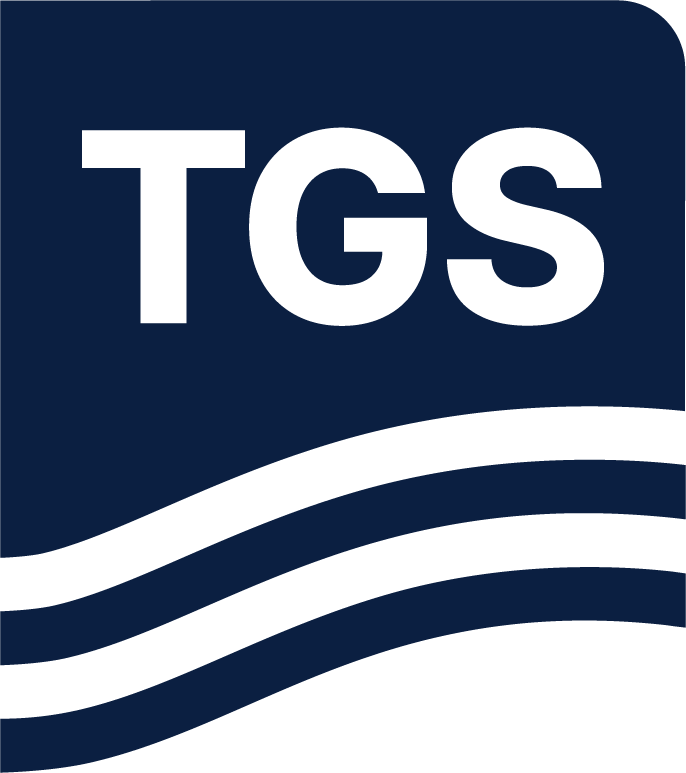Paper Summary
Significant increases in computer power mean it is now possible to routinely apply full-waveform inversion (FWI) techniques to, in principle, produce high-resolution images of subsurface properties. The result delivered by FWI has a different value depending on the geologic situation. In some areas, the FWI-derived earth model may produce a significant uplift in structural image quality relative to that from ray-based tomographic model-building techniques. In other areas, the uplift in structural image quality with FWI may be slight. In these situations, the value from the high-resolution FWI earth model may be obtained during the application of this model in a reservoir characterization workflow. To extract the optimum high-resolution earth model using FWI, in all geologic situations, requires the application of one or more variants on the basic FWI technique — allowing the method to work on both refractions and reflections, with a poor starting model, and in areas with boundaries with high velocity contrasts. This is analogous to many of the other tasks undertaken when processing and imaging seismic data (e.g., demultiple, denoise, and migration) where a single methodology is not adequate to produce the optimum result on all data sets.

